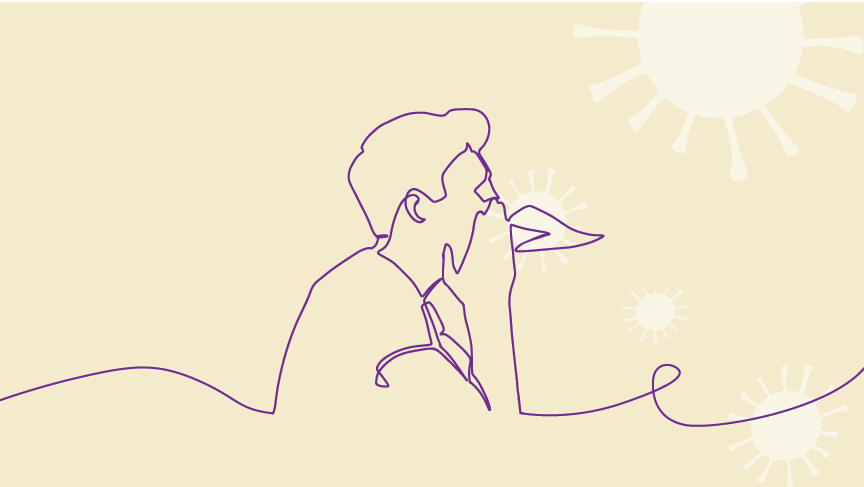
Picture this. A baby bird is learning to fly, the weather is getting warmer, and the first flowers of the spring season are out in bloom. Spring is really springing.
For most people, it’s the perfect time to pack a picnic and enjoy the outdoors. But for three million Australian adults, it’s a time for watery eyes, running nose, itchy throat, and sneezing.
Why do we sneeze?
You sneeze for lots of different reasons including an allergy, change in temperature, and sometimes a viral infection.
Sneezing happens when something infectious, like bacteria or a virus, or an irritating allergen or chemical, enters your nose and a message is sent to the sneeze centre in your brain.
Your sneeze centre then sends signals to the parts of your body that work together to help you sneeze. Your body uses sneezing as a defence mechanism to clear your nose of mucus – or snot – to help clear your airway.
Can you sneeze with your eyes open?
You probably heard as a child that if you held your eyes open when you sneezed they would pop out. It is actually possible to keep your eyes open when you sneeze – although your body will automatically try to close your eyes as a reflex. Scientists believe you close your eyes so the germs can’t return to your body.
When should I see a health professional about my sneezing?
See your GP or health professional if you or your child has any common symptoms of hay fever.
For non-urgent medical advice, call 13 HEALTH (13 43 25 84) and speak to a registered nurse.
The main signs and symptoms of hay fever include:
- a runny or blocked nose
- sneezing
- itchy, swollen or watery eyes
- itchy ears, nose, throat and roof of the mouth
- headaches
- snoring.
Hay fever can also cause poor sleep.
Fast sneeze facts
- -Some sneezes can expel snot as forcefully as 161 kilometres per hour
- One sneeze can expel up to 40,000 droplets
- You don’t sneeze in your sleep – your brain’s sneeze centre is also sleeping
- Covering your sneezes with your elbow and washing your hands is still the best way to prevent the spread of respiratory illnesses.
References:
- The Conversation. (2021, January 26). A pediatric nurse explains the science of sneezing. The Conversation.
- Children's Health Queensland. (2023, August 15). Could that persistent cold be an allergy? Children's Health Queensland.
- University of Queensland. (2014, November 5). Hay fever survival guide: Why you have it and how to treat it. University of Queensland.